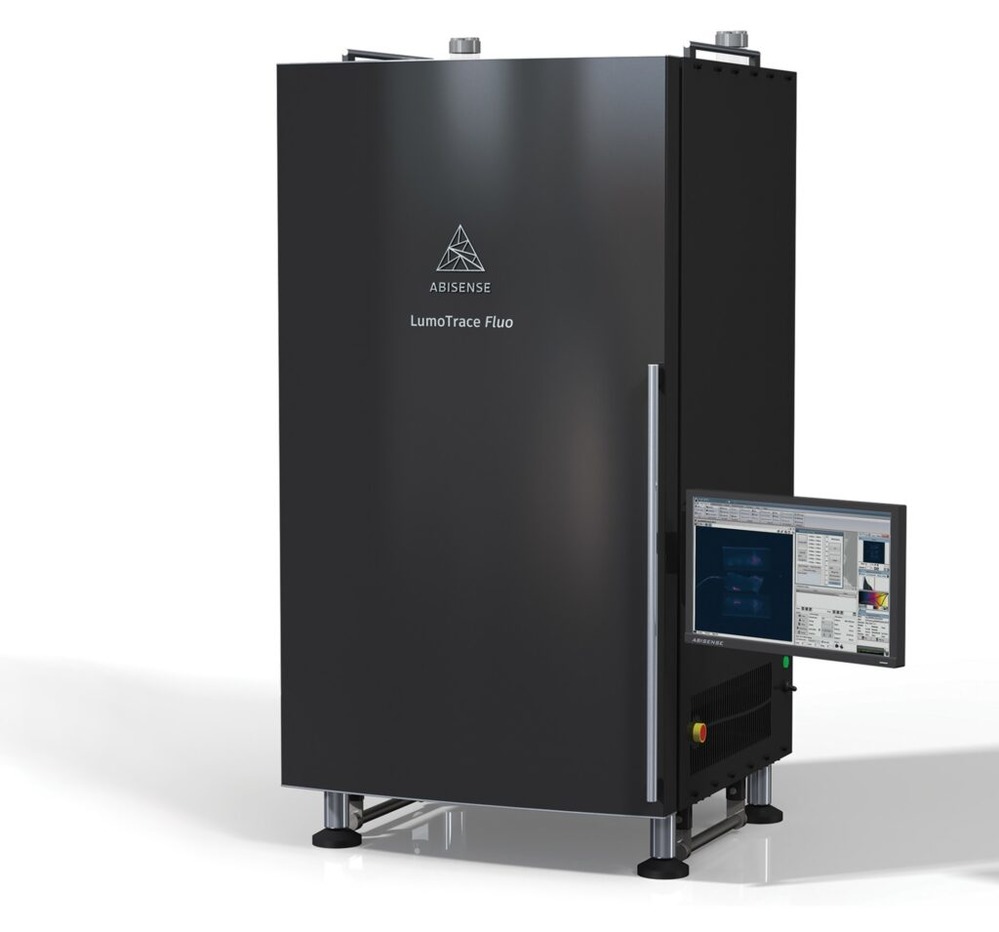Catalog
Search
438 products
View:
- Selected: 1Areas of use
- Selected: 0Item names
- Selected: 0Manufacturer
- Selected: 0Made in
- Selected: 0Additional
View:
438 products
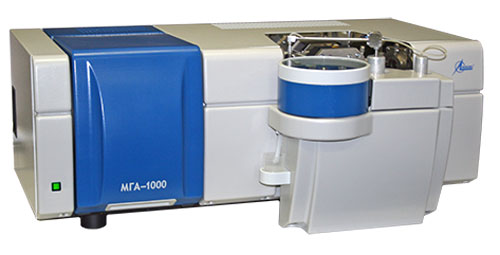
Atomic absorption spectrometer "MGA-1000"
1 supp.
Technical specifications:
Operating spectral range, nm from 190 to 900 Spectral resolution, nm, no more:
- in the range from 190 to 600 nm inclusive
- in the range over 600 to 900 nm inclusive 2
3
Limit of detection of manganese, pg, no more than 3
Nickel detection limit, pg, no more than 20
The time of setting the operating mode of the spectrometers, min, no more than 15 The time of continuous operation of the spectrometers, h, no less than 8
The spectrometers are powered by a three-phase alternating current network:
- rated supply voltage, V
- frequency, Hz 380 (50 ±1)
Overall dimensions of the spectrometer, mm, no more than 800 x 475 x 310
Mass of the spectrometer, kg, no more than 50 Power consumed by spectrometers, kV * A, no more:
- in standby modes and settings of analytical parameters
- in atomization and purification modes 0.1
6 Average time to failure, h, not less than 4000
Lumeks
Saint Petersburg
Produced in: Saint Petersburg
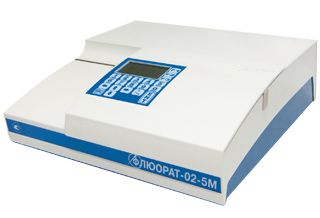
Liquid analyzer "FLUORAT®-02-4M"
1 supp.
Technical specifications:
Limit of detection of the control substance (phenol) in water, mg/dm3, not more than 0.005
Measurement range of the mass concentration of the control substance (phenol) in water, mg / dm3 from 0.01 to 25
Measurement range of the directional transmission coefficient, % from 5 to 100
Limits of permissible absolute error of measurements of the directional transmission coefficient, % ±2 Warm-up time, min, not more than 30 Continuous operation time, h, not less than 8
Overall dimensions, mm, no more than 305x320x110
Weight, kg, not more than 6.5
AC power supply:
- AC power supply voltage, V
- frequency, Hz (220 ±22)
(50 ±1) Power consumption, V× A, no more than 36 Operating time for failure, h, no less than 2500
Lumeks
Saint Petersburg
Produced in: Saint Petersburg
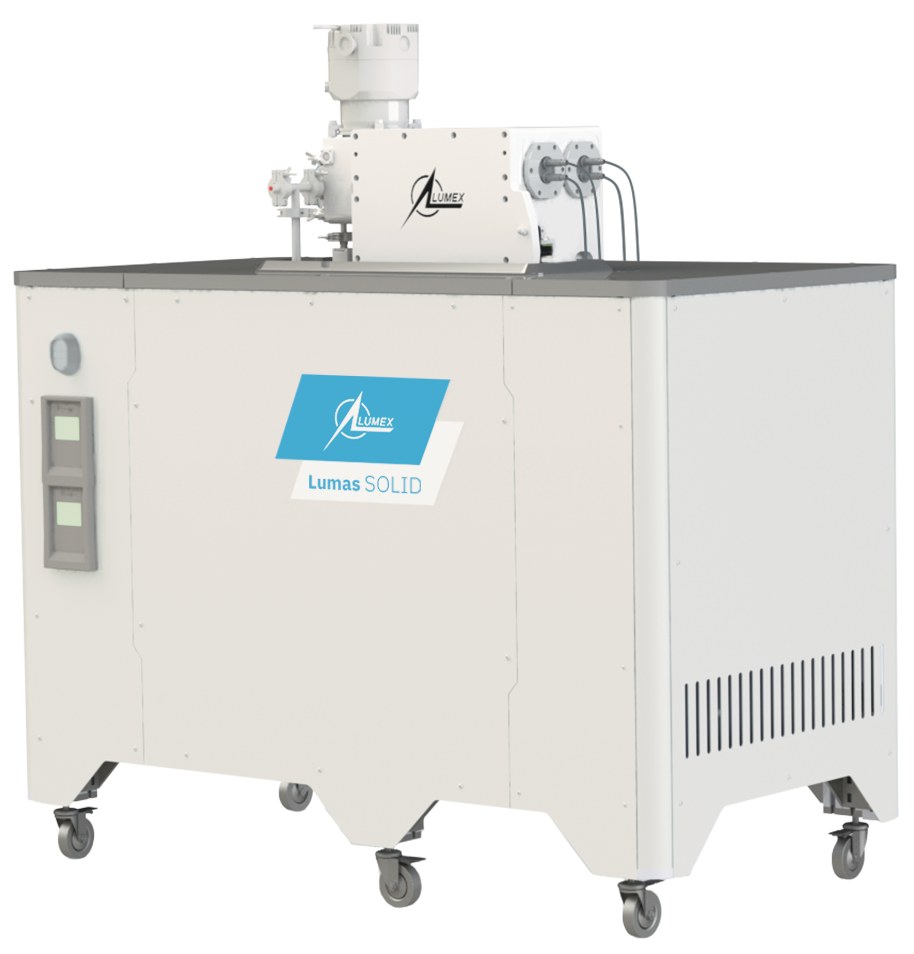
Mass spectrometer for the analysis of solid-phase samples "Lumas SOLID"
1 supp.
Technical specifications:
Method of ionization Plasma pulsed glow discharge
Discharge gas Argon, consumption less than 1 l/hour
Time-of-flight Mass Analyzer with mesh-free ion mirror
Resolution 4000
The number of simultaneously defined components is unlimited
Mass range 1-1000 m/z
Detection limits 1-100 ppb
Layer-by-layer resolution Up to 5 nm
Depth of analysis Up to 30 microns
The time for one analysis of a solid sample is 30 minutes (with the option of a revolver system – 3-5 minutes) Vacuum system 1 Booster pump and 2 TMN (240 l/sec)
Overall dimensions 1450×780×1550 mm
Lumeks
Saint Petersburg
Produced in: Saint Petersburg
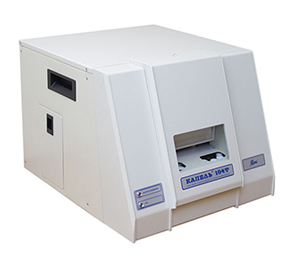
Capillary electrophoresis systems "KAPEL®-104T"
1 supp.
Technical specifications:
The working wavelength of detection, nm 254 The range of variation of the operating voltage on the capillary, kV from 1 to 25
The detection limit of benzoic acid (with positive polarity of the high-voltage unit) at a signal-to-noise ratio of 3:1, mcg/ cm3, not more than 0.8
The limit of detection of chloride ions (with a negative polarity of the high-voltage unit) at a signal-to-noise ratio of 3:1, micrograms / cm3, not more than 0.5
The limit of the permissible relative mean square deviation (SKO) of the output signal over the peak area, %5
The limit of the permissible relative mean square deviation (SKO) of the output signal for 8 hours of operation, % 6.5
Operating mode setting time, min, no more than 30
Power supply of systems from the AC network with voltage, V; frequency, Hz.
220 ±22 50 ±1
Power consumption consumed by the system, In ×A, no more: 150
Overall dimensions (LXC), mm, no more
420x460x360
Weight, kg, not more than 25
Lumeks
Saint Petersburg
Produced in: Saint Petersburg
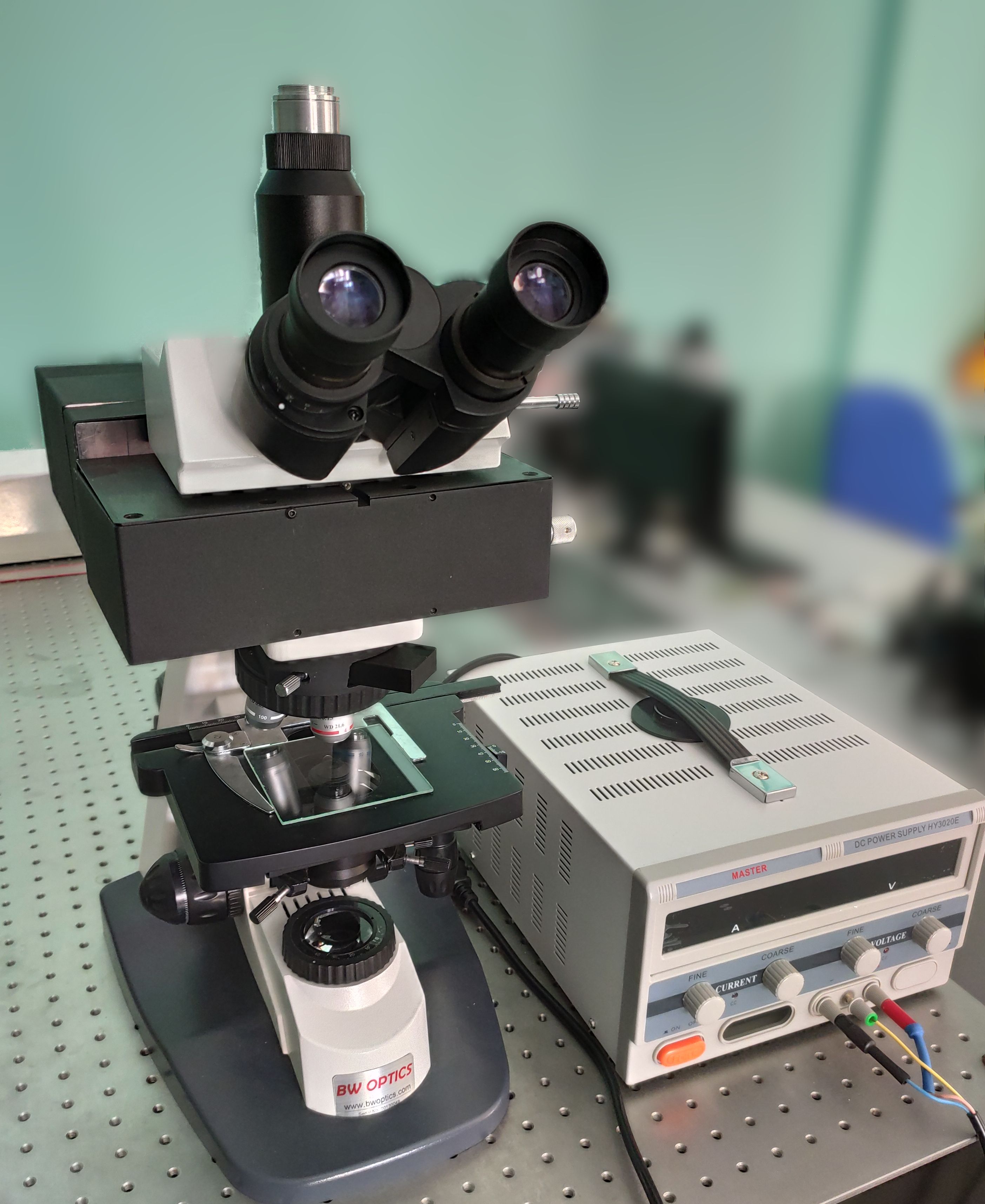
Acousto-optic video spectrometer
At the Scientific Research Center of the Russian Academy of Sciences, the technology of acousto-optic filtration of optical radiation is used to create a wide class of optical devices that are successfully used, for example, in biomedicine to diagnose various diseases (including oncology), in agriculture to diagnose the condition of plants, during non-destructive testing of complex technical objects and in solving other tasks.
Acousto-optics has a number of important advantages over other technologies for obtaining spectral information:
- the ability to create imaging devices without spatial scanning, since the acousto-optic filter is a software-controlled tunable light filter;
- the compact modular design allows the acousto-optic filter to be integrated into the optical circuit of most imaging devices, which expands their analytical capabilities;
- spectrum scanning is carried out by means of an electrical signal, without mechanical scanning;
- fast arbitrary spectral addressing causes high shooting speed and the absence of redundant information;
- software management.
The key element of the presented device – an acousto–optic filter - is being developed at the Scientific Research Center of the UP RAS on the basis of original calculation methods. The manufacture of acousto-optic filters, optical and mechanical components, as well as the assembly, tuning, and calibration of such devices is also carried out at the Scientific Research Center of the UP RAS.
STC UP RAS
Москва
Produced in: Moscow
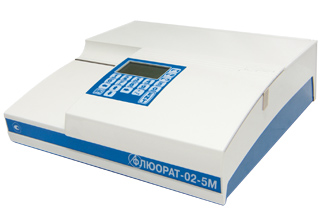
Liquid analyzer "FLUORAT®-02-5M"
1 supp.
Technical specifications:
Limit of detection of the control substance (phenol) in water, mg/dm3, no more
0,005
Measurement range of the mass concentration of the control substance (phenol) in water, mg/dm3
from 0.01 to 25 Measurement range of the directional transmission coefficient, % from 5 to 100
Limits of permissible absolute error of measurements of the directional transmission coefficient, % ± 2
Warm-up time, min, no more than 30
Continuous operation time, h, at least 8
Overall dimensions, mm, no more
than 305x320x110 Weight, kg, no more than 6.5
AC power supply:
- AC power supply voltage, V
- frequency, Hz
(220 ±22)
(50 ±1) Power consumption, In × A, no more than 36
Time to failure, h, not less than 2500
Lumeks
Saint Petersburg
Produced in: Saint Petersburg
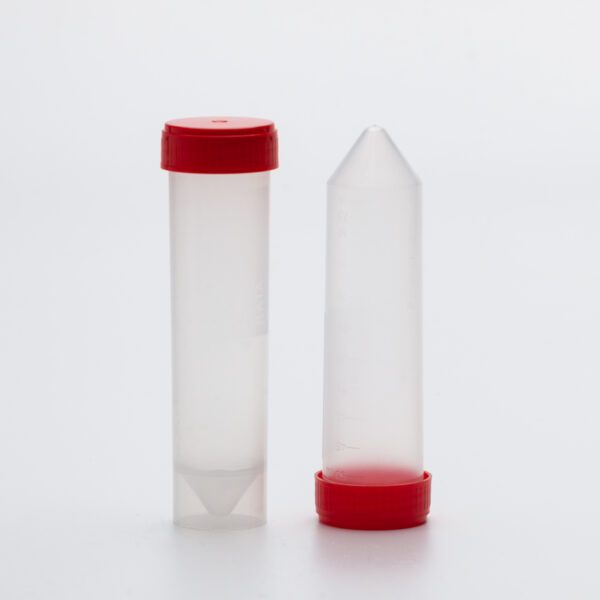
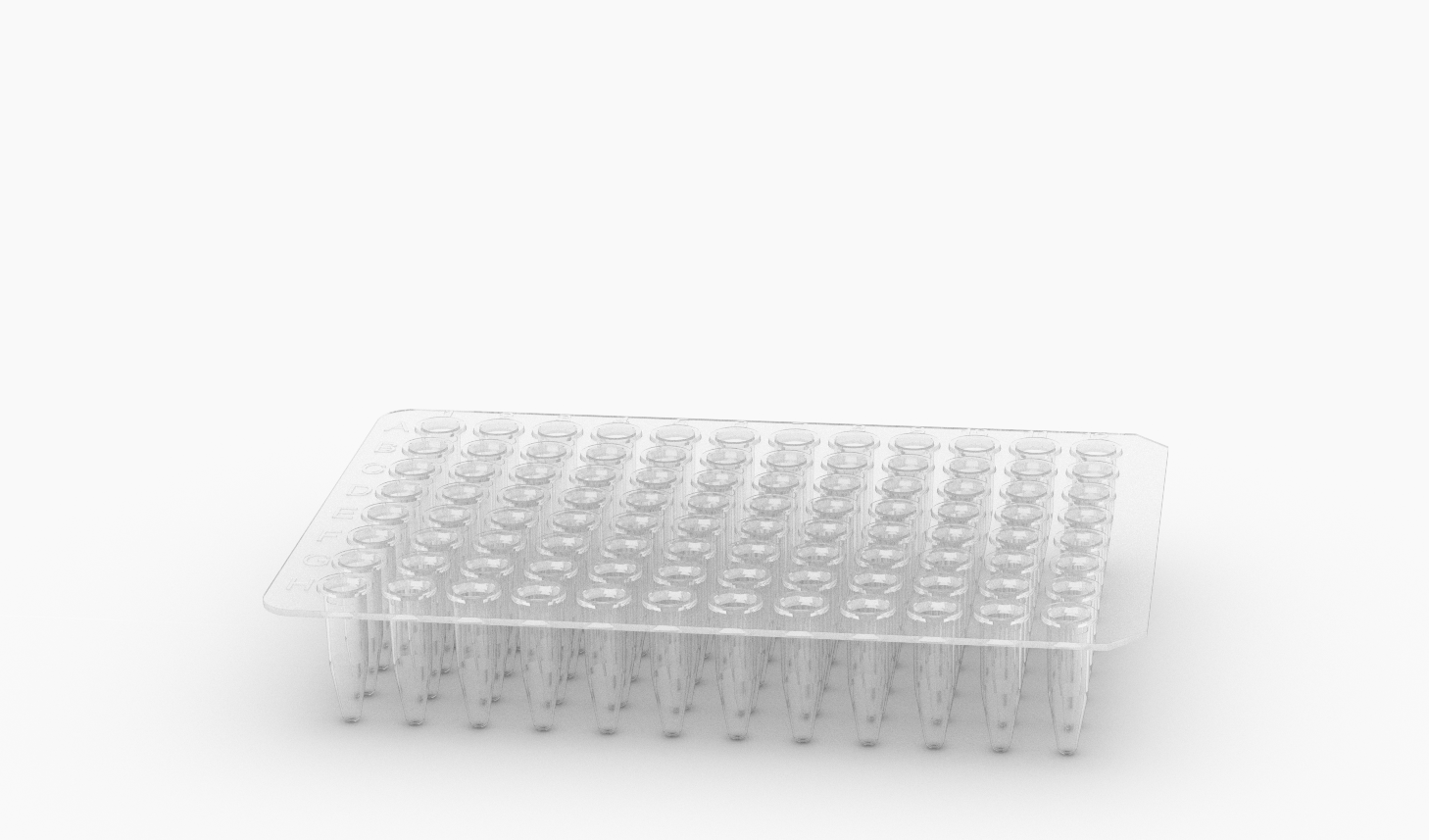
PCR tablet for 96 wells 0.2 ml., without skirt, standard profile, (Natural)
from
1 600 ₽
PCR tablet for 96 wells 0.2 ml., without skirt, standard profile, (Natural)
VIS MED
Berdsk
Produced in: Berdsk, Novosibirsk region
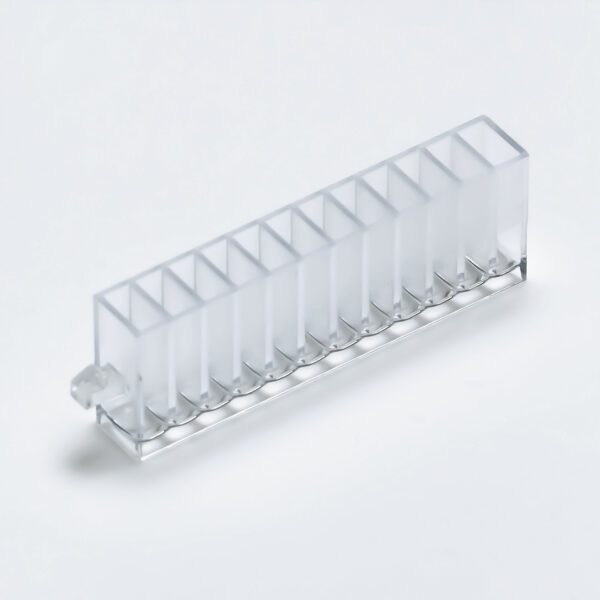
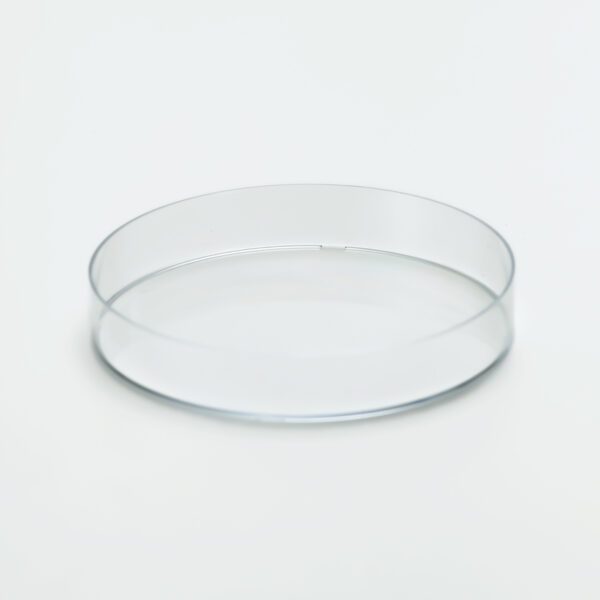
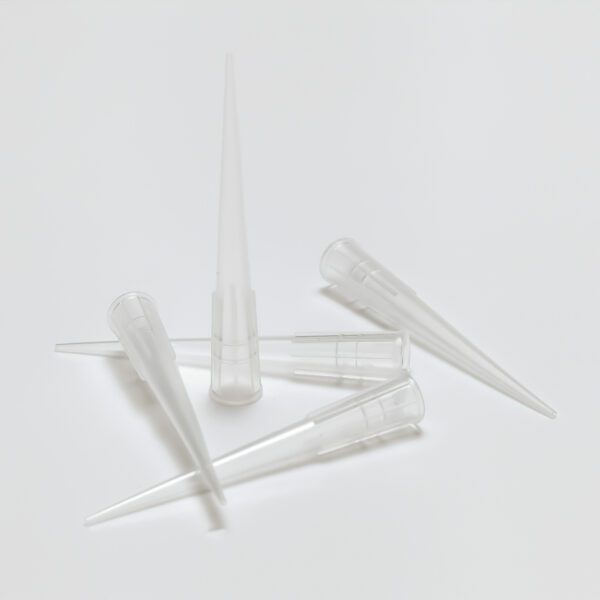
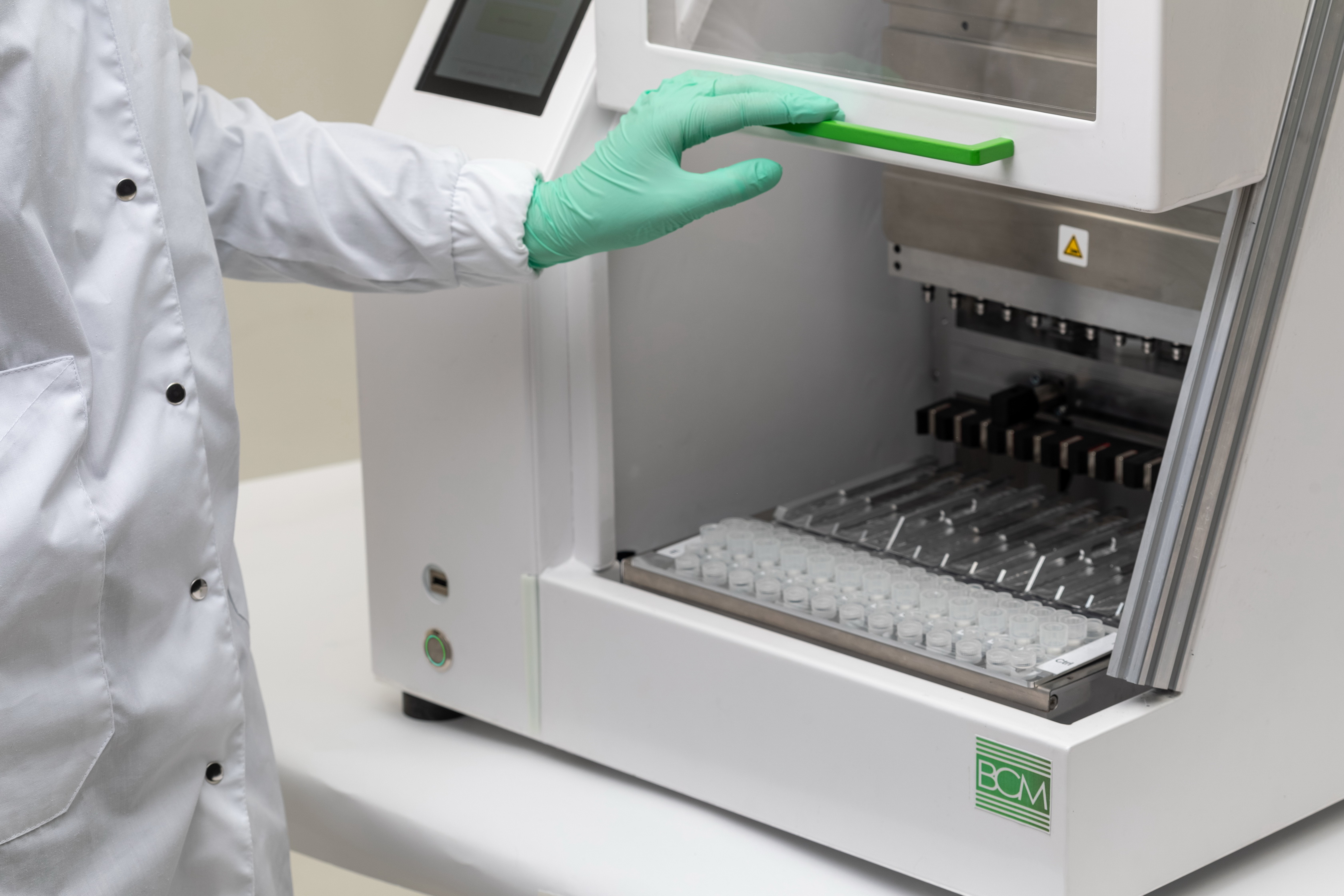
GeneMack Strela Automatic Nucleic Acid Isolation Station
1 supp.
The Strela automatic nucleic Acid isolation station is suitable for laboratories with a small sample flow seeking to optimize workflow and improve reproducibility of results. The station is being developed and assembled in Russia.
Station Features:
• Separation on magnetic particles – high yield of nucleic acids and excellent purity
• The quality and concentration of the resulting DNA is sufficient for all molecular applications, including NGS
• Ability to work with different types of samples, including complex samples (whole blood, FFPE, cfDNA, dry blood stains, saliva, hair, nails, etc.)
• Simultaneous isolation of 1 to 13 samples
• About 30 minutes per allocation, depending on the protocol
• No overspending of plastic – load exactly as many cartridges as you are going to allocate samples
• A large number of built-in protocols, the ability to program your protocols for different cartridges
• User-friendly and intuitive interface
• The station is compatible with cartridges from different manufacturers
• 24/7 technical support in Russian
Technical specifications
Device Type: Desktop automatic device
Minimum load: 1 sample
Maximum load: 13 samples
Reagent format: Bottled and sealed in individual cartridges
Protocol execution time: From 16 to 60 minutes (depending on the allocation protocol program)
Dosage volume: 25-1000 µl
Dosing accuracy: No more than 5% CV
Control: LCD Touch screen, 7 inches, 1025x600
Software language: Russian
Heating unit with temperature control: from 30C to 80C (at room temperature+ 25C)
UV lamp: Available
Input voltage: 220V
Overall dimensions (W x L x H): 54 x 57 x 61 cm
Weight: 60 kg
The installation location is only indoors
Ambient operating temperature 15-40°C
Aivok
Zelenograd
Produced in: Moscow, Zelenograd
